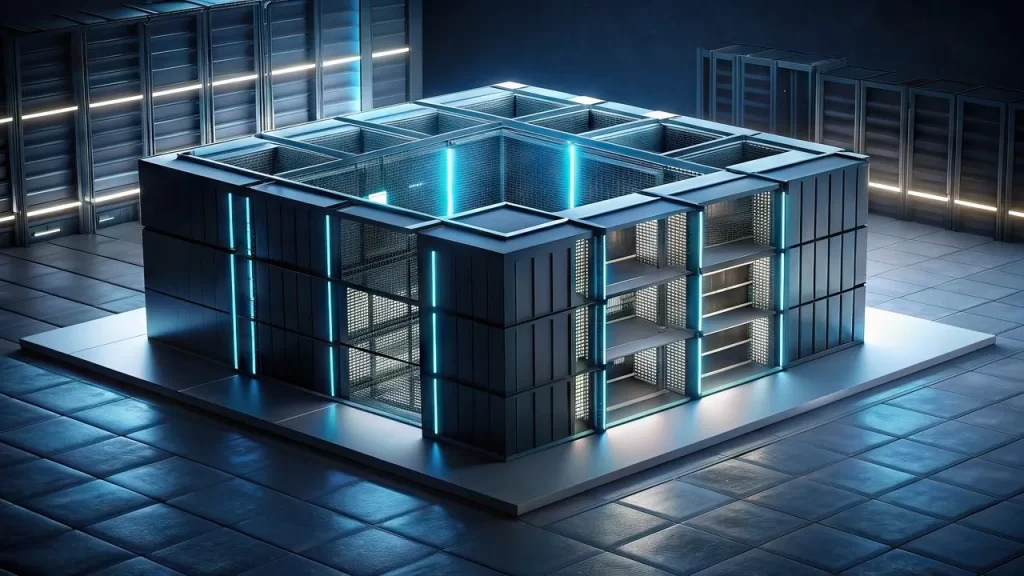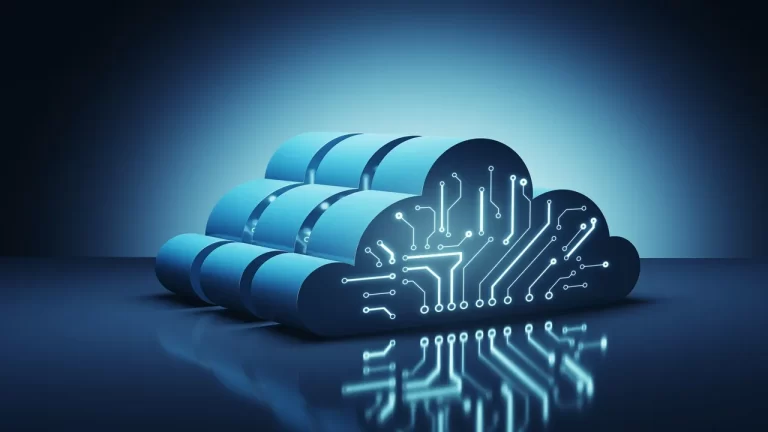With AI technology having impacted the conventional sectors, companies are now in dire need of flexible and performing apparatus to handle the tremendous flow of data. AI is a computing model that is both compute-intensive besides the fact that it is innovative, and thus, data centers are greatly challenged. The foundation of this evolution is in networking and connectivity, and two elements where Nokia is investing heavily.
One of the leading player in telecom and networking technology, Nokia is designing data center solutions for the actuality of AI that require high complexity. Nokia has set themselves as enablers of great transformations in the World of IT environments with their cutting edge platforms, meaningful partnerships, and global implementations.
The Rise of AI and the Need for Advanced Data Centers
AI advancement has brought about amazing changes in data deletion through modifying the approach to the way data is stored, and shared. Models used in machine learning, real time analytics and generative AI applications generate a huge amount of data which needs to be transferred at high speed and also must be secure especially when it is located in hybrid, multi-cloud environment. To address this challenge, data centers must become more agile, intelligent, and responsive.
Data centers need to become more flexible, smarter, and adaptive in their performance to cope with it. Nokia has recognized this shift and responded by designing network solutions specifically optimized for AI workloads. These new frameworks prioritize low latency, high throughput, and automated operations—critical features that traditional architectures often lack.
Nokia’s Event-Driven Automation (EDA) Platform
One of Nokia’s most significant contributions to the AI-ready data center landscape is its Event-Driven Automation (EDA) platform. Launched in September 2024, EDA is built on Kubernetes and introduces a forward-looking, intent-based approach to network automation. It allows operators to specify the outcomes they want, while the system automatically figures out how to achieve them, reducing the manual intervention typically needed for network configuration and management.
EDA includes several standout capabilities. Digital twin simulation allows administrators to view the outcome of the change before executing it, which reduces the probability of errors and increases confidence. Integrated generative AI includes diagnostics, suggestions, and automations to support more effective and quicker decisions by the IT departments. Moreover, EDA works as an integrated part with other existing IT service management tools and various types of clouds, which is important for organizations with a complex hybrid infrastructure. Nokia has suggested that the use of EDA can cut the operational effort by half or even 40%, which means data centers will be more ready to handle the increased use of AI due to flexibility.
Strategic Partnerships Enhancing AI Capabilities
Nokia has entered into many strategic collaborations that would help increase AI performance in the data center. In October 2024, Nokia worked with Lenovo to collaborate on an industry-leading AI and ML data center business. By doing so, this compelling partnership aligns Nokia’s reliable networking capabilities with Lenovo’s impressive ThinkSystem servers and storage technologies.
The solutions resulting from this partnership are designed with scalability and efficiency in mind. Together, they support the large-scale storage and ultra-fast data transfer requirements that AI systems demand. Moreover, Lenovo’s Neptune liquid cooling technology is integrated to improve energy efficiency,, helping data centers manage their growing power and thermal use without compromising performance.
In December 2024, Nokia has formed a strategic association with Kyndryl. This alliance combines Nokia networking hardware and software solutions with Kyndryl’s experience in hybrid cloud computing. Both of them are designed to provide safe, low-latency networking for large-scale AI and data center applications. The partnership also focuses on embedding network security at the infrastructure level, ensuring data integrity while accelerating AI adoption.
Expanding Global Footprint
Nokia does not represent only a strategy of innovation but also a strategy of operation on a large scale. The company has been growing in the international market through various key solution implementations and partnerships. In the United States, Nokia signed a deal with AT&T that would span over multiple years to improve customer call experiences with data and the evolution to 5G network services that would enable expanded use of machine learning to automate network services.
In the Mexican market, Nokia collaborated with Megacable to successfully establish a long-distance optical transmission test, which reached the speed of 1.1 Tbps. This deployment marks a milestone as the first optical channel of this magnitude implemented by a single operator in an active Latin American network. These successes show that Nokia can turn its technology expertise into real, large-scale projects.
Middle East is the other strategic region for Nokia in the establishment of the data center. In the partnership with STC group, Nokia has also provided a terabit level optical link over 850 kilometres that would enable digitization for contributing Saudi Arabia’s Vision 2030 at ease and prove the flexibility of Nokia solutions for regional transformation.
Leadership Focused on AI and Data Centers
In a measure highlighting Nokia’s careful consideration of the AI and data center markets, the company appointed Justin Hotard as CEO in April 2025. Hotard, East’s Data Center and Executive Vice President of AI Group, brings deep experience in enterprise computing and AI technologies. Their appointment marks a strategic change for Nokia, which aligns its executive leadership with high-performance networking and its growing ambitions in AI infrastructure.
Under Hotard, Nokia is expected to double the investment in AI-centered solutions, infrastructure automation and cross-industry partnerships. His arrival matches with Nokia’s growing role in shaping the future of data centers, putting the company in a strong position to lead in the new era of intelligent infrastructure.
Conclusion
With the further advancement of artificial intelligence, data center faces the increased pressure of the need to store, process, and secure more data at quicker rates. These strategies that cover technologies like EDA that Nokia gives in addition to Industry Partnerships, acquisitions, and leadership changes clearly show that Nokia is determined to create tomorrow’s Smart Data Centers.
Since the integration of AI into businesses has become a strategic differentiator, Nokia is innovative in providing high-performance connectivity for the enterprise and service providers for AI workloads while remaining scalable and energy-efficient. Its stakeholders are not only enabling the digitalization of sectors but also creating a framework for societies to be interconnected, intelligent, and automated.






